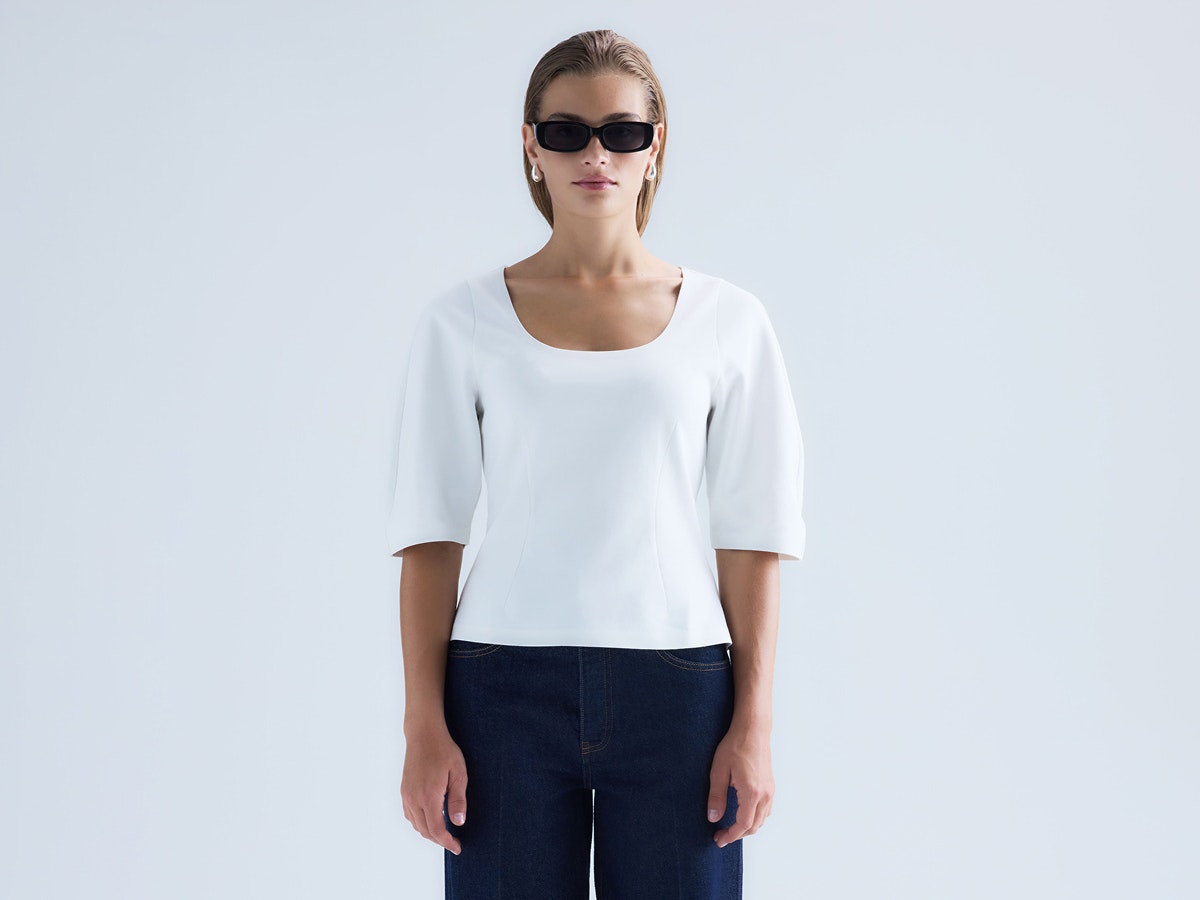
Here are some achievements we are proud of related to our focus area People:
Through certification on brand level, we are enabled to make assured, consumer-facing claims on product level at the same time as we are advancing traceability to the farm and fiber producer stages. In the second year of being certified, we extended the scope of our certifications to further strengthen our progress toward achieving comprehensive traceability across our product range. This means that Gina Tricot is now certified to the following standards:
• Organic Content Standard (OCS)
• Global Recycled Standard (GRS) • Responsible Wool Standard (RWS)
• Responsible Alpaca Standard (RAS)
• Responsible Mohair Standard (RMS)
• Recycled Claim Standard (RCS)
We explore and support the shift towards a more circular fashion industry. During 2024 we’ve launched a new resale concept called Pre-Loved Gina Tricot Young, which gives our members the opportunity to hand in outgrown jeans for resale in selected store, in exchange for a value check valid on any Gina Tricot product.
In 2024, only 0,29% (0,31%)
of products were returned due to quality-related co plaints,with no products withdrawn from stores due to quality issues. Importantly, there were no product recalls linked to safety noncompliance.

Summarizing the data from 2024, we can observe significant progress in our use of more sustainable fibers, which now account for 77% of our total fiber consumption. Cotton remains our largest fiber, followed by polyester and viscose. Since 2022 we’ve increased the share of organic cotton
from 9%
to 37%
in 2024

TexTex™ fiber, a trademark of Earth Protex, is a key innovation addressing the fashion industry’s polyester waste circularity challenges. Gina Tricot actively supports research and innovation projects to advance new fibers and technologies, and we are proud to have developed our first collection using Tex2Tex™ RPET.
During 2024, we continued our dedicated efforts to reduce our return rate. The most significant improvement is seen in the German (-9.5%) and Dutch markets (-9.3%), but all markets show a positive trend. In terms of product categories, knitwear and homewear have contributed the most to this positive trend, but our partywear has also shown a significantly lower return rate.
